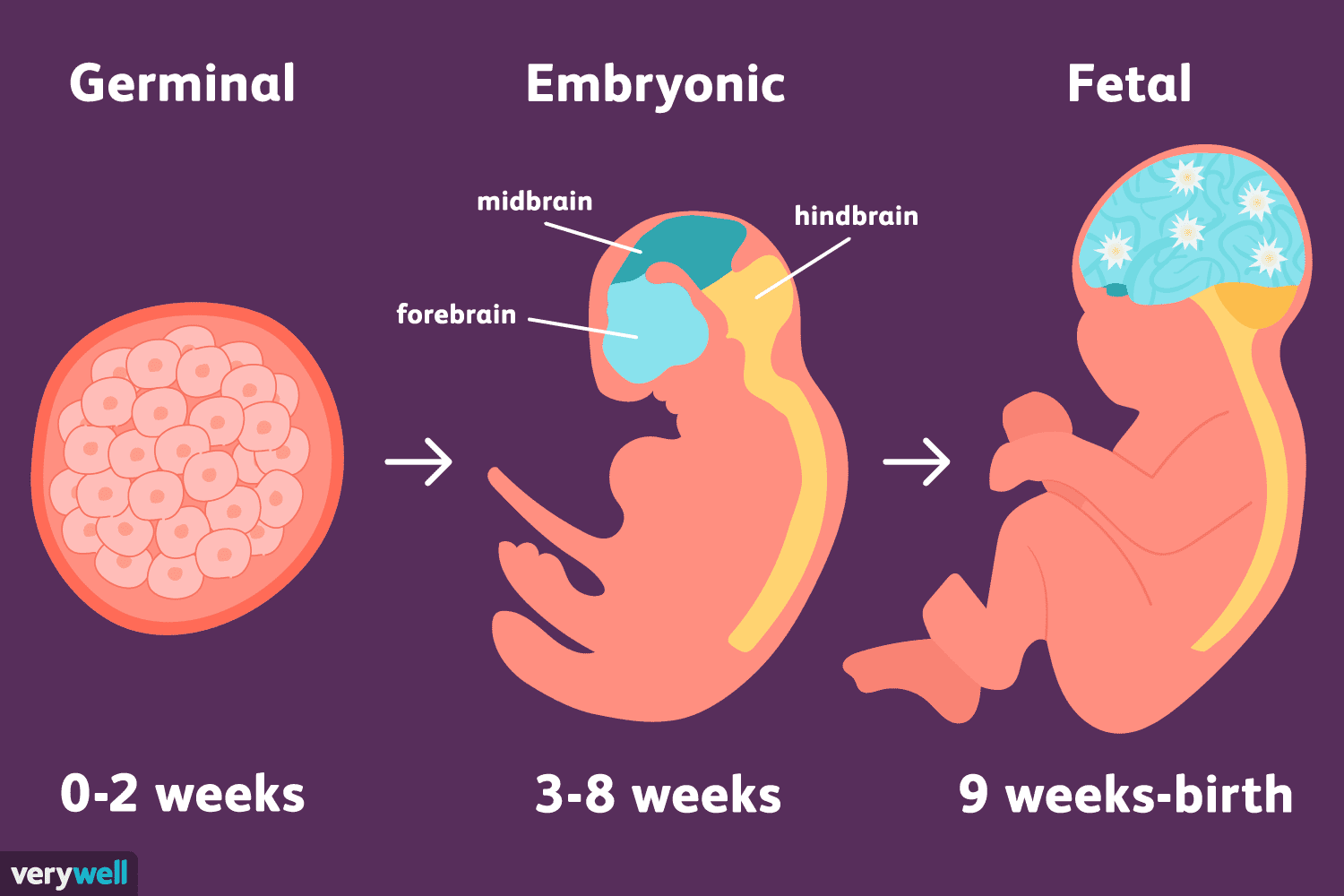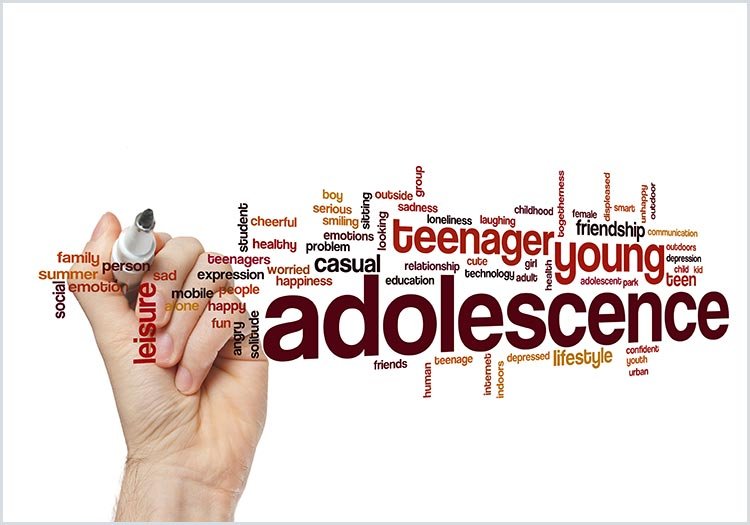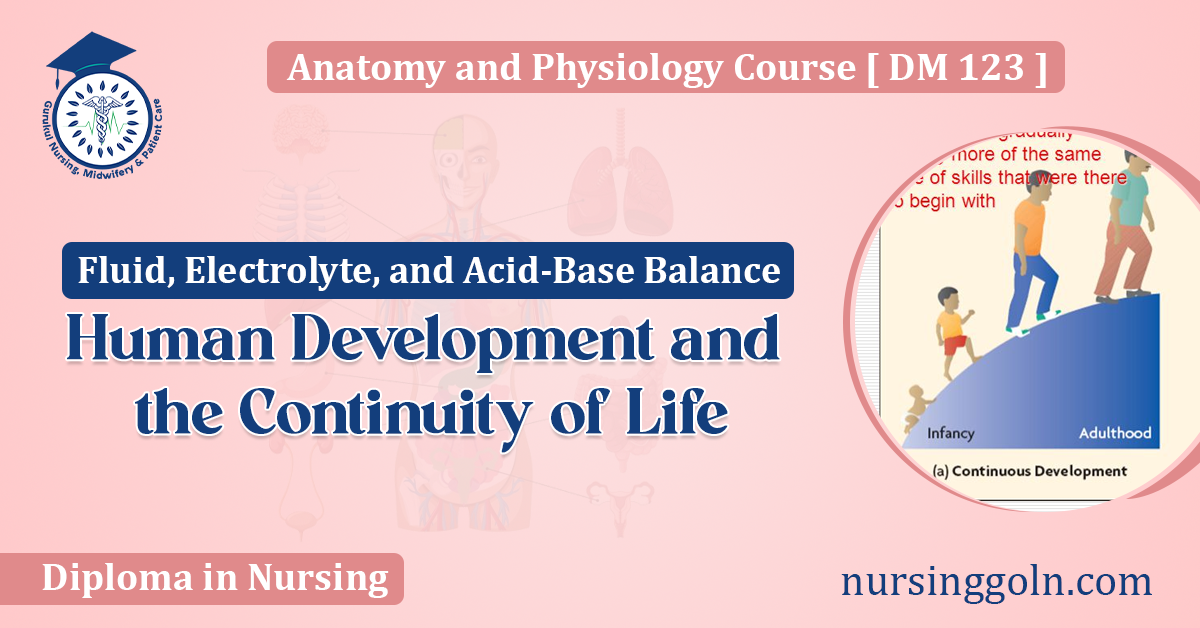Today our topic of discussion is ” Human Development and the Continuity of Life “. The journey of human development is a complex, intricate process that begins at conception and continues throughout the lifespan. It is a testament to the remarkable continuity of life, a seamless thread that connects one generation to the next.
This article explores the biological and psychological aspects of human development, considering how genetic and environmental factors interplay to shape our lives from the earliest stages of conception to the final moments of life.
Human Development and the Continuity of Life
Understanding Human Development
Human development encompasses the biological, cognitive, and psychosocial changes that occur over a lifetime. It is a continuous process that starts when a sperm fertilizes an egg, initiating the development of a new organism. The following sections will discuss the different stages of life, from prenatal development to old age, highlighting the continuity of life as an overarching theme.
Prenatal Development
Life begins with conception. The union of sperm and egg creates a zygote, which is the foundation for an individual’s genetic makeup. Prenatal development is typically divided into three stages: the germinal stage, the embryonic stage, and the fetal stage.
- Germinal Stage: The first two weeks of development after conception involve cell division and the establishment of the embryo in the uterine wall.
- Embryonic Stage: From the third through the eighth week, the basic forms of all body structures develop.
- Fetal Stage: From the ninth week until birth, the fetus grows in size and systems begin to function.
Throughout these stages, genetic and environmental factors interact in complex ways. Genetic information contained within the DNA sequences of the chromosomes determines many characteristics of the developing fetus, while environmental influences, such as nutrition and maternal health, play a supportive role.

Infancy and Childhood
After birth, rapid development continues. Infancy (the first two years of life) is characterized by remarkable physical growth, cognitive development, and emotional bonding. As children grow, they learn to walk, talk, and interact with others, which are milestones of early childhood development.
During these early years, the brain undergoes significant growth and development. Neurons form new connections at an astounding rate in response to the child’s experiences. This period is critical for the acquisition of language, motor skills, and social understanding.
Adolescence
Adolescence is a transitional stage from childhood to adulthood that includes some of life’s most significant physiological, cognitive, and psychosocial changes. Puberty marks the onset of adolescence, leading to sexual maturity and significant growth spurts. Alongside these biological changes, adolescents develop more advanced reasoning and abstract thinking skills.
This developmental stage is also when individuals form their own identity, influenced by their social environment, family upbringing, and culture. Peer relationships become increasingly important, and the struggle for independence can sometimes lead to conflicts with authority figures and parents.

Adulthood
Adulthood encompasses early adulthood (20s to early 40s), middle adulthood (40s to about 65), and late adulthood (65 and beyond).
In early adulthood, individuals often establish their careers, form long-term romantic relationships, and begin families. This period is typically marked by the achievement of independence and the assumption of responsibilities.
Middle adulthood brings about a time of reflection, stability, and productivity. Many experience the “mid-life crisis,” a period of significant introspection and life re-evaluation. This is also the stage where individuals may begin to confront their own mortality and the mortality of their parents.
Late adulthood is characterized by a decline in physical capabilities and, in some cases, cognitive function. However, it can also be a time of great satisfaction, wisdom, and fulfillment. Older adults often focus on life review, legacy, and making the most of their remaining years.
The Continuity of Life
Throughout all these stages, continuity is observed in genetic traits, behaviors, and life lessons passed down through generations. The influence of one’s ancestors is not just biological but is also seen in cultural traditions, values, and knowledge. Moreover, parenting practices reflect a combination of inherited traits and environmental conditions, demonstrating the intricate dance between nature and nurture.
The End of Life
Life’s final stage is marked by a gradual decline in bodily functions, leading up to death. Yet, even in death, the continuity of life is evident. Genetic material is passed to offspring, memories, and lessons are handed down to younger generations, and the matter that once composed the body returns to the environment, continuing the cycle of life.

Conclusion
Human development is a testament to the incredible continuity of life, from the simplest genetic codes to the most complex social structures. Each stage of life is a stepping stone that not only represents an individual’s growth and change but also reflects the legacy of past generations and sets the foundation for future ones. Understanding human development requires an appreciation for the biological processes that govern growth and aging, as well as the psychological and social experiences that shape individual lives.
As we explore the depths of human development, we uncover the profound interconnectedness of life and the unbroken chain that binds us to both our ancestors and our descendants.
Read more:
